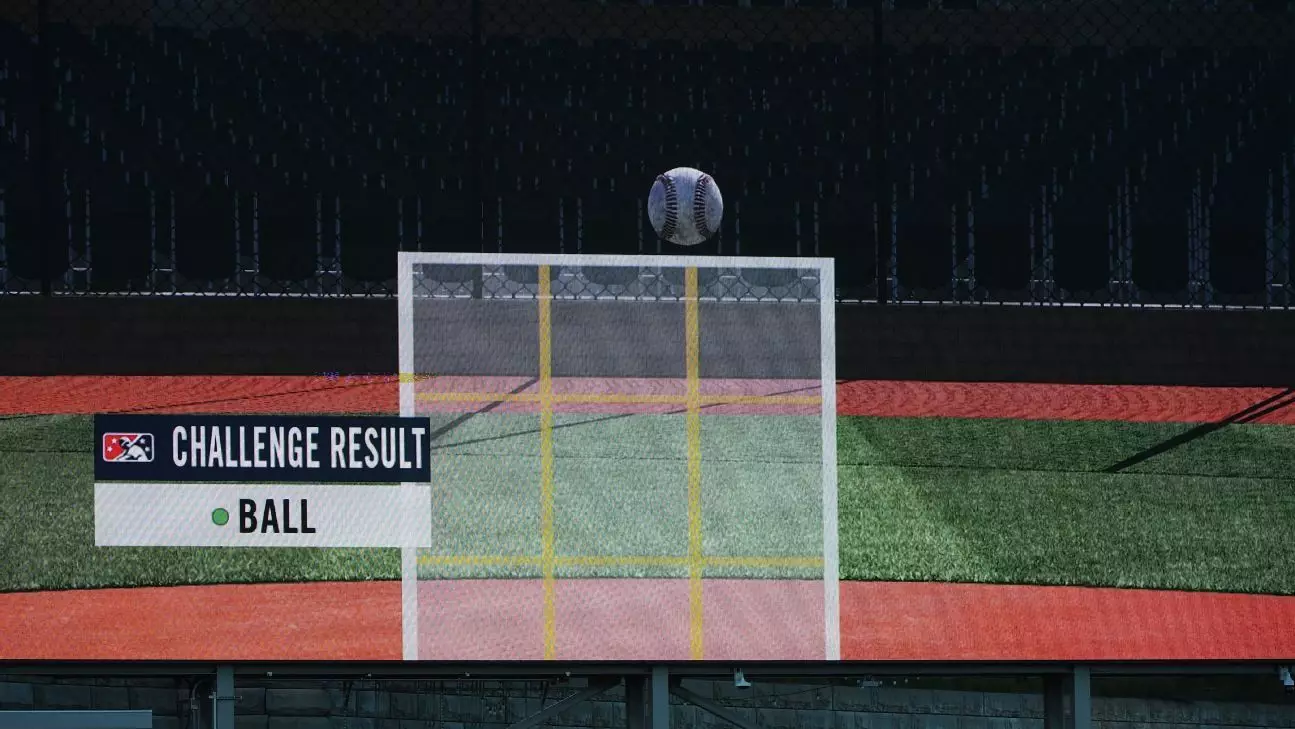Major League Baseball (MLB) has recently embarked on a groundbreaking endeavor: the introduction of the Automated Ball-Strike (ABS) challenge system. This initiative marks a significant transition within the league, as it attempts to blend traditional elements of the game with modern technological advancements. History shows that experimental changes in baseball often evoke a mixed response, making it important to analyze how the ABS system might reshape the sport as we know it. This spring season, 13 stadiums in both the Cactus and Grapefruit Leagues will test the waters for this system, setting the stage for a potential implementation in the major leagues by as early as 2026.
Under the new rules that govern this challenge system, players will have two challenges per game. This structure is designed to maintain a balance, allowing for some level of intervention without overwhelming the flow of the game. The restrictions on who can initiate a challenge—limiting it to the batter, catcher, or pitcher—foster a sense of collective responsibility while emphasizing the immediacy of the challenge. Players are tasked with visibly indicating their intention to challenge a call, signifying that this new system still requires human agency.
Furthermore, the transparency of the results displayed on scoreboards ensures that all parties involved—players, coaches, and fans—remain informed about the outcomes, addressing one of the common critiques of automated systems: a lack of clarity and engagement. The structure of the system not only restores a level of excitement but also cultivates a more interactive experience for fans both at the stadium and watching from home.
Feedback from minor league experiments has been instrumental in shaping the current model of the ABS challenge. Players and fans alike have expressed a preference for the challenge system over complete automation. This sentiment is rooted in the desire to maintain the human elements of the game, such as pitch framing, which can be an art form in its own right. The MLB’s emphasis on gathering data during the spring season demonstrates a commitment to making informed decisions, as informed stakeholders can assure that the game evolves while respecting its rich traditions.
The average challenge duration of 17 seconds strikes a noteworthy balance between maintaining the game’s pace and providing an opportunity for verification. This aspect is crucial, especially in an era where attention spans are shorter, and games are often scrutinized for their pace and length. The overturn rate of approximately 50% in minor league tests suggests that the system holds significant potential in adjusting and refining calls, thereby keeping the competitive edge alive.
The trajectory toward fully implementing the ABS challenge system in the MLB is paved with diligent data collection. By evaluating various metrics such as challenge frequency and effectiveness throughout the spring trials, along with feedback from Triple-A leagues in the 2025 season, MLB is laying the groundwork for sound policy-making. This data-centric approach is vital, as it involves key stakeholders—players, coaches, umpires—to ascertain the practical implications of a challenge system within the higher echelons of the game.
The optimistic prospects for the future of baseball fuel anticipation leading up to the first game featuring the ABS challenge system between the Dodgers and Cubs. Fans will undoubtedly have their eyes peeled, ready to witness a pivotal moment in the annals of baseball history.
As baseball advances toward potentially integrating the ABS challenge system into the regular season, it must navigate the delicate balance between innovation and tradition. The thoughtful structuring of rules, player involvement, and transparency in decision-making are critical components that can facilitate this transition. By addressing the needs and preferences of players and fans, MLB hopes to not only enhance the game’s integrity and pace but also preserve the nostalgic and strategic dimensions that define America’s pastime. The results of this experiment, starting this spring, could very well dictate the future of the game itself, making it an exciting time for both baseball purists and modernists alike.

